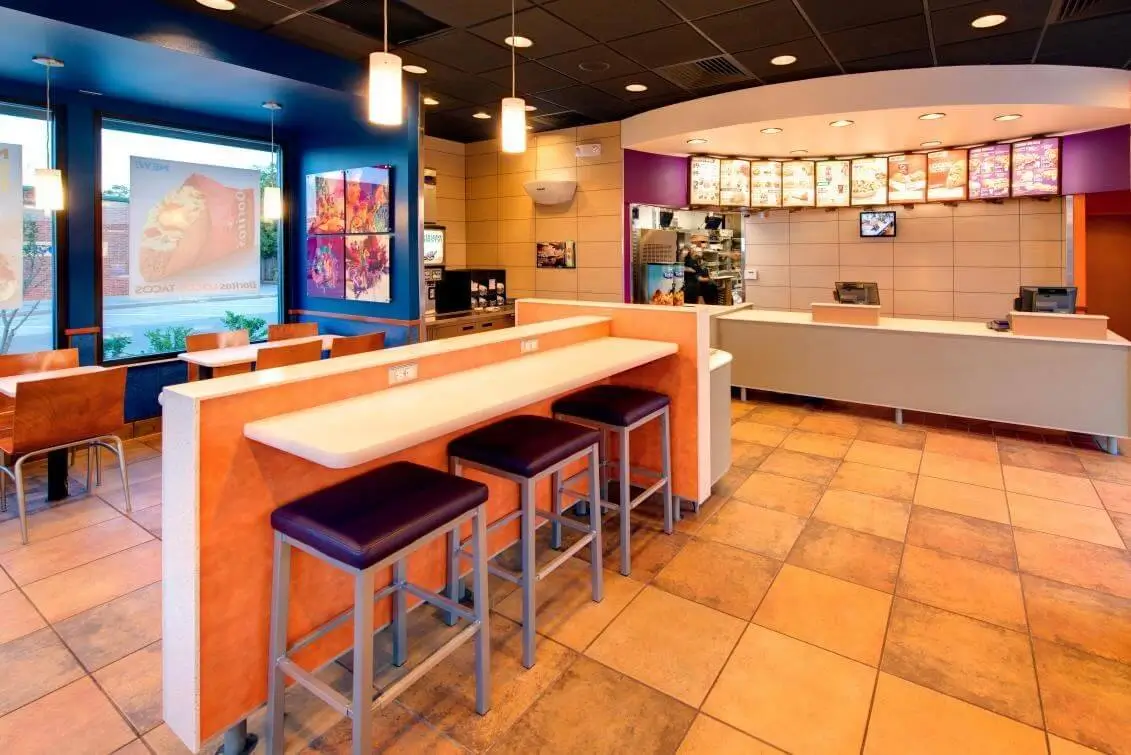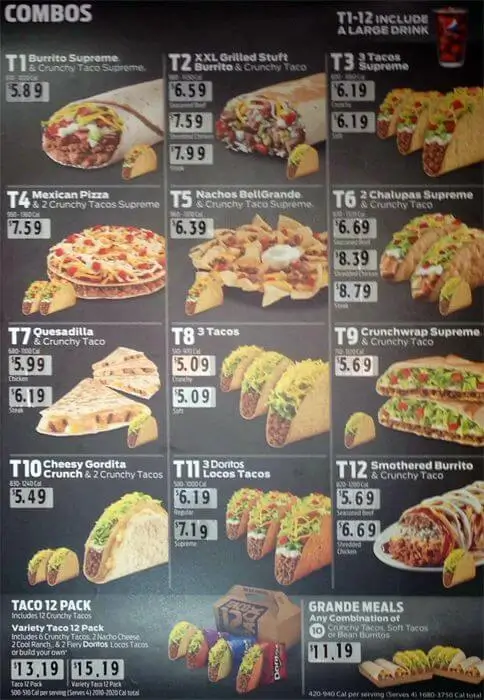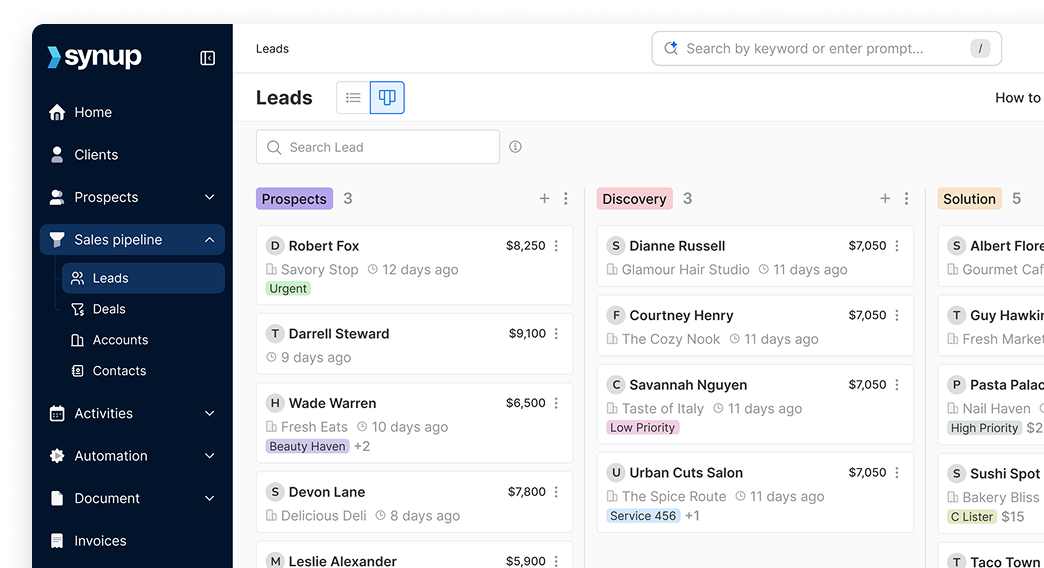How to Employ Creative Menu Ideas for Your Restaurant
Employing functional and creative menu ideas for your restaurant is important. Learn how you can create a menu and enhance your customer’s experience at your restaurant.
A very significant part of any ‘dine-out’ experience is when you look at the menu to decide what you want to order. It is a less acknowledged part, but significant nonetheless. That is why you need to employ creative and efficient menu design ideas to give your customers a fulfilling dining experience at your restaurant.
These days bad menus can hurt the image of a restaurant: anything from an unwitting typo to cringeworthy kerning issues that even therapy cannot fix, or the dreaded Comic Sans font. It can leave a lasting impression on customers that will affect the way they see your restaurant. In addition to this, there are several restaurants and eateries out there with brilliant menu designs that are unobtrusive to the average customer’s experience.
Here are some actionable menu design ideas you can employ to create the best-suited menu for your restaurant.

Create a List of Food and Beverages
This step is super-easy, and the odds are that you’ve already done it. Create a spreadsheet with all they food items and beverages you’re going to serve along with their prices. To be as efficient, it’s best if you categorize your menu based on the types of dishes you’re serving. Here’s a breakdown of what you ideally need to have as categories:
- Breakfast
- Appetizers
- Salads
- Soups
- Main Course
- Dessert
- Beverages
You might have a different set of categories depending on the kind of restaurant you are. Make sure that you create a simple, comprehensive list so you can design your menu. Once you get this in place, you will have a good picture of what your restaurant’s menu is going to look like.
Narrow Down on a Balanced Layout
Creating a menu with a balanced layout is what you need to be aiming for. It has to have the right amount of text and imagery to fulfill its purpose. Your customer needs to be able to navigate through your menu without any obstructions.
An ideal layout is well-spaced and avoids clutter. All the elements in your menu need to come together to help your customers make a satisfactory choice in ordering. Here’s how you can go about it.
1. Based on your menu items, you need to decide if your menu is going to be on one single side, or if it’s going to be two-fold. However, you needn’t conform to conventional menu structures. The more creative you get, the better your menu is.
2. Pick a font or a typeface
that complies with the theme of the restaurant. You don’t want an average font type like Helvetica or Times New Roman if you’ve got a bright, fun-themed restaurant. You’ll need to use a quirkier font type that adds some panache to your menu. Take a look at Creative Bloq’s article on fonts restaurants can use for menus.

3. Choosing your color scheme
needs to be thought through. You need to employ colors that resonate with your restaurant’s overall theme. This means your decor, your upholstery, your staff’s uniforms, etc. In addition to this, you need to use colors that induce an appetite, and colors like green, yellow and red are meant to serve the purpose. Read more about color psychology here.

4. Add images of your signature dishes
on your menu. Get a professional photographer to take pictures of your signature dishes so that you can work with high-resolution images. If you think the font and color scheme is good enough for your menu, then stick with it. We don’t want your menu to be cluttered with several things, remember?
So, there you have it!
Here’s one crucial aspect you need to keep in mind. When you’re designing your menu, you need to have a different layout as the menu you hand out to your customers at your restaurant is just one facet of this entire exercise. You will have to handout takeout menus as well.
You also need to have a soft copy of your menu that you can upload to sites like Single Platform or Locu. In doing so, your menu will automatically appear on major sites like Foursquare, TripAdvisor, Yelp, etc
Essentially, you can create your own menu design with the multiple resources available online. You can use Canva’s menu designer to come up will a creative menu design using their templates. When you print out your menus, make sure that they are of quality material. You can refer to Superflex’s Menu Design resource to learn more about what you can do in that area.




